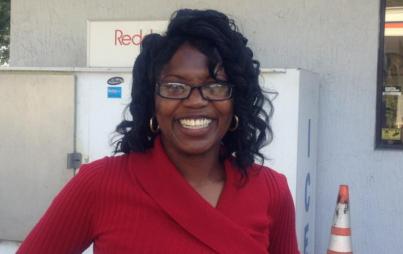Women in prison
While female incarceration has been part and parcel of the criminal justice system for decades (and, in fact, is on the rise), misconceptions have been perpetuated and complicated by the recent influx of pop culture fodder like the film Monster and the show Orange is the New Black.
These depictions of the female incarcerated have served as a dubious catalyst; female imprisonment has finally entered the national discourse. But often lost in the show chatter are legitimate questions: What's the most effective path for rehabilitation? What reforms are necessary to improve the system for women? How do misconceptions about female imprisonment hurt actual female prisoners?
To address these and other issues, we reached out to those entrenched in the system--from the executive director of a prison reform organization, to a forensic psychologist, to a prison arts teacher--and asked them this question:
What can we do to affect systemic change for women in prison?
Here's what they had to say.
As the property of the state, my life was in their hands—and they didn’t give a damn.
My queer identity has been used against me—through my wrongful arrest and two incarcerations.
I wasn’t going to write about this. But then I realized it’s the elephant in the room and cannot be ignored.
A "get them out" framework—a framework of decarceration—must be introduced to the racist, violent prison system.
Prisons as currently structured are abusive, coercive and destructive to women’s self esteem, abilities and families.
After serving 21 years in prison, I believe prisons are wasting taxpayer money.
The number of female prisoners soared by 646% between 1980 and 2010.
Female prisoners have long been the stepchild of so-called "corrections."
As an arts workshop facilitator at two maximum-security prisons, I learned how women can find beauty in a tube of paint—even while in jail.









